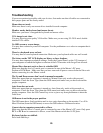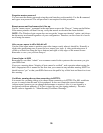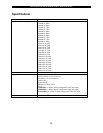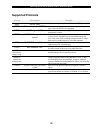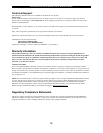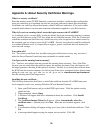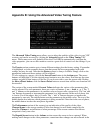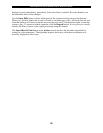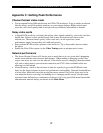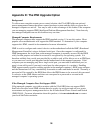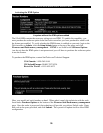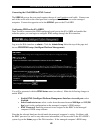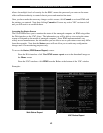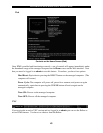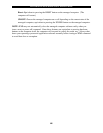
SVx41HDI Series Server Remote Control: Instruction Guide
37
Appendix C: Getting Peak Performance
Choose the best video mode
• We recommend using 60Hz refresh rate and 1024x768 resolution. Using a smaller resolution
like this allows you to fit multiple windows on your remote desktop. Higher refresh rates
stress the video card's quality and do not provide any additional information or benefit.
Noisy video cards
• A digital KVM works by converting the analog video signals emitted by your video card into
digital data. If there is noise on that signal, then it must be digitized and sent over the
network too. The name brand, quality video cards have, in our experience, better
performance simply because they don't add analog noise.
• Some external KVM switches generate video noise too. Try to keep cables short to reduce
the effect.
• Enable the Noise Filter option (on the Video Tuning menu) to mitigate noise issues.
Network performance
• The Server Remote Control will always send as much data as it can, given what's happening
on the screen and the actual network performance. When nothing is changing on the video
screen, zero bytes are sent over the network. If the whole screen is changing, then the module
will send as much data as your network connection and VNC client can handle while not
allowing it to fall behind.
• Network latency, which is the total time it takes for a packet to get to the KVM and come
back, has the biggest impact on perceived performance and usability. Network bandwidth has
a lesser effect, particular when just moving the mouse around. Only a few bytes need to be
sent when the mouse is moving (and nothing else is changing on the screen), but the round-
trip-time limits the hand-eye coordination of the user if it is too great. Both actual bandwidth
and measured network latency are shown in the Main Menu.



